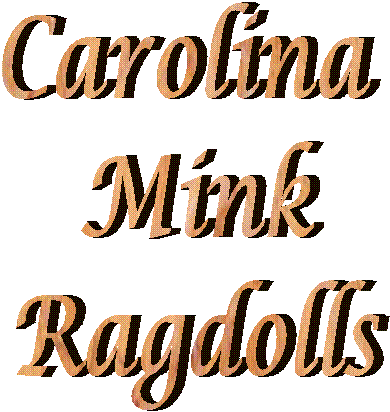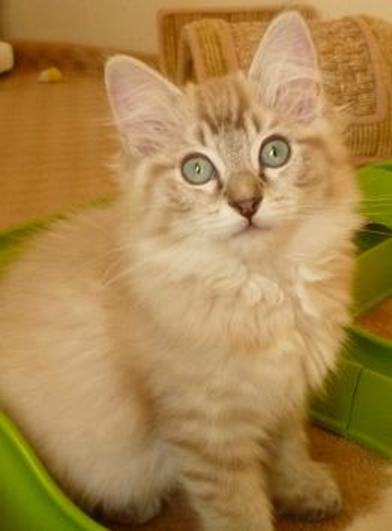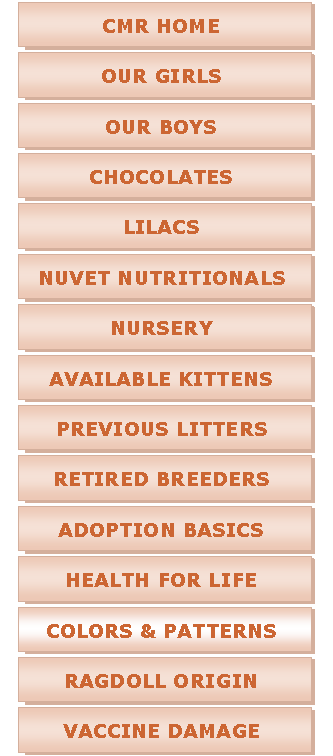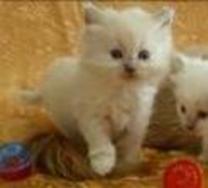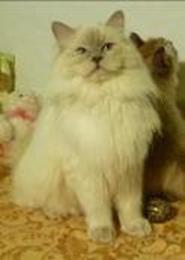

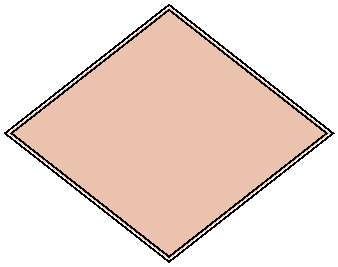

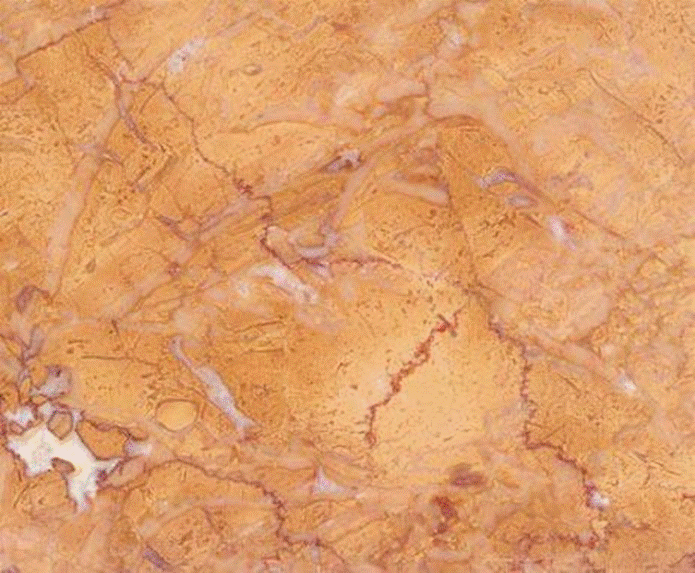


|
DESCRIPTIONS FOR TRADITIONAL RAGDOLLS: Seal: Points are deep seal brown. The seal color is the equivalent to a dark brown ranch mink. The body color can range from fawn or cream to warm brown. Chocolate: Points are milk chocolate color. The body color can range from ivory to cream. Blue: Points are slate blue or silvery blue-gray. The body color is ivory or bluish white. Lilac/Frost: Points vary from frosty-gray lilac to pinkish beige. The body color is warm magnolia color. Flame: Point color is a tangerine color. Body color is pure white sometimes with hints of tangerine. Smoke Colors: Color near root will be lighter than the tip of the fur, almost appearing to have a silvery look in darker varieties, i.e.: a Smoke Black will be a "softer black" than a straight solid black ragdoll. The undercoat may appear "silvery" in appearance. Cream Point: The body should be creamy white with the points ranging from pale sand to deep cream. The overall impression is dull, cool buff beige. The paw pads and nose leather pink. MINK RAGDOLLS HAVE THE SAME COLORS, HOWEVER THE BODY COLOR IS A FEW SHADES LIGHTER THAN THE POINTS. |
|
Colourpoint: Pointed Ragdolls have the classic, Siamese-type markings. The color point has darker points than the rest of the body. The contrast between the points and body can vary a lot. Strong contrast is preferred. There is no white, though the body color may be nearly white in some Ragdolls. The nose leather and paw pads should match the point color. High mitted: This mitted has two mitted genes instead of one. There is often a little breakthrough spotting on the limbs, but otherwise high mitted looks like a bicolor. If the pattern fits the bicolor standard, a high mitted can be shown as a bicolor. Lynx point: This pointed variety carries the striping gene, otherwise known as the Tabby marking in the solid Ragdoll. The Lynx pattern will usually dilute the point color and make it appear lighter than in the mitted or color point version. A Seal Lynx point will generally never have points as dark as it's color point or mitted counterpart because the striping breaks up the color and its appears lighter. The Lynx will usually have a "peach" colored diamond on the nose and appear like they are wearing eyeliner. Tortie: Torties carry the red gene and can only be females. They can be the "patched" variety or a "mottled" look. No two torties will ever be alike. Each has their own distinctive look unlike colourpoints and mitteds, which at times are barely able to be distinguished from one another. Torbie: A Torbie carries the red gene for Tortie plus the striping gene called Lynx in the pointed variety of Ragdoll and Tabby in the solid variety. Like their Tortie counterparts, this marking pattern only occurs in females. While some Torbies will have dominant striping patterns looking like Tiger Cats with patches of red or orange through the coats, others will be predominantly patched with very faint striping on the legs which is barely discernible. Mackerel Tabby: This pattern occurs only in the solid variety of Ragdoll. This marking pattern has vertical striping and in some cats appears like a "ticking" pattern. Brown Mackerel Tabbies may appear black and white with diffuse areas of brown (pale beige) throughout the striping pattern. This is called a "cold brown mackerel tabby." They can also come in other colors, such as Red Tabbies, as this is a marking pattern, and not a color. Classic Tabby: This pattern also occurs only in the solid variety of Ragdoll. This striping pattern appears to be in a circular pattern on the belly but appears the same as the Mackerel Tabby on the legs.
|
